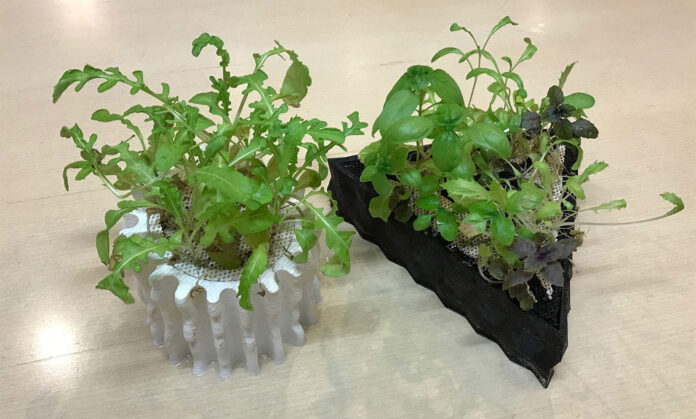Author: Cameron Naramore
Date: 4/26/2019
Hydroponics is the growing of plants without the use of soil. Water and nutrients are delivered to the plants via drip or pool systems powered by pumps. The benefits of hydroponics include larger harvests, more control over nutrient and pH levels, and less water usage because whatever isn’t absorbed by the roots can be recycled through the system. Obviously, hydroponics are especially useful in areas where good soil is hard to find or expensive to acquire. Vertical growing doesn’t work well with soil, either, which is becoming a popular feature of high-rises.

While soil can be replaced, the necessary traits of soil that plants crave must also be replicated: water retention, oxygen permeability, and a support structure that can hold the plant securely without constricting root growth. Ideal growing substrates include clay pebbles, vermiculite, perlite, coco coir, sponges, and rock wool, the first four of which must be held in a container as they are loose particles. Dr. Takeuchi considered all of these traits before creating his 3D printed substrate, and he tested several plastics before finding one that performed well.
…
This concept would scale well with large-scale 3D printers, and substrates could be printed with geometries that are ideal for the specific plants being grown. Irrigation tubes and maintenance access points could also be incorporated into the substrate foundations to further streamline systems. Such 3D printed substrates could even be used to grow custom-shaped fruits and living sculptures.
Analysis:
Here we find yet another interesting example were 3D-printing technology operates as a host for life. I am always intrigued when something human-made and artificial interacts with something living and organic. I think they compliment one another pretty well. Here, hydroponics require a specific 3D structure that additive manufacturing can provide. Excitingly, they specifically see it as a concept that could be scaled up to work at the level of sculpture or farming. This is just one more way that living organisms can interact with large-scale artificial structures.
Source: https://3dprinting.com/news/3d-printed-hydroponic-substrates/




